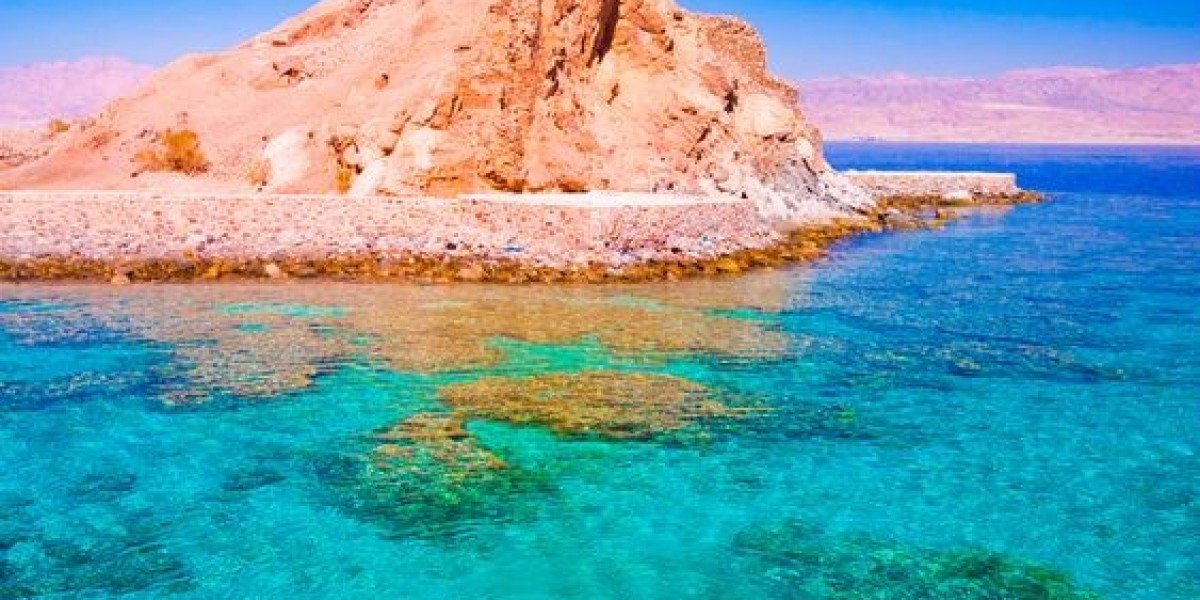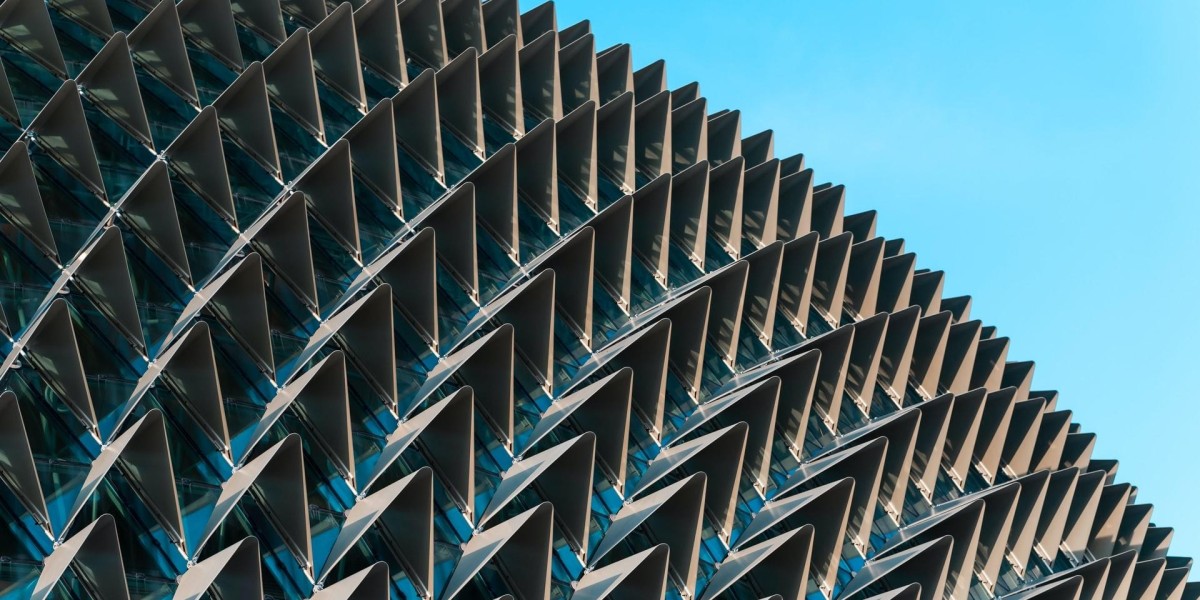What You Need to Know About Egyptian Sites
Egypt, often referred to as the “Cradle of Civilization,” is a land of timeless wonders. From the towering pyramids to the tranquil temples along the Nile, its historical sites offer an unparalleled journey into the past. Here’s what you need to know to make the most of your visit to Egypt’s iconic landmarks.
The Pyramids of Giza: A Wonder of the Ancient World
The Great Pyramids of Giza, located just outside Cairo, are among the most famous monuments in the world. Built as tombs for pharaohs, these pyramids date back over 4,500 years. The site also includes the enigmatic Great Sphinx, a colossal limestone statue with the body of a lion and the head of a pharaoh.
What to See: The Great Pyramid of Khufu, the Pyramid of Khafre, and the Pyramid of Menkaure.
Tips: Visit early in the morning to avoid crowds and the midday heat. Guided tours can provide fascinating insights into the construction and history of the pyramids.
Luxor: The World’s Greatest Open-Air Museum
Situated along the Nile River, Luxor is home to some of Egypt’s most impressive archaeological treasures. It is divided into the East Bank, known for the Karnak and Luxor Temples, and the West Bank, famous for the Valley of the Kings.
What to See:
Karnak Temple Complex: A vast temple dedicated to the god Amun, featuring towering columns and intricately carved reliefs.
Valley of the Kings: The burial site of pharaohs, including the famous tomb of Tutankhamun.
Tips: Don’t miss the evening light and sound show at Karnak Temple. Consider hiring a guide to navigate the vast sites efficiently.
Aswan: Gateway to Nubia
Aswan, known for its scenic beauty and Nubian culture, is a tranquil city with rich historical significance. It serves as a gateway to several iconic sites.
El Gouna The Red Sea’s Hidden Gem for Spa and Relaxation
Spa Services in Hurghada From Makadi Bay to Soma Bay and El Gouna
What you need to know about Egyptian Sites ?
How to prepare for a land tour day in hurghada
What you need to know about Egyptian Sites ?
What to See:
Philae Temple: Dedicated to the goddess Isis, this temple was relocated to Agilkia Island to protect it from flooding.
Abu Simbel Temples: Two massive rock temples built by Ramses II, known for their impressive scale and intricate carvings.
Tips: Take a traditional felucca ride on the Nile for stunning views of the area. Plan a day trip to Abu Simbel to marvel at its grandeur.
Alexandria: The Pearl of the Mediterranean
Founded by Alexander the Great, Alexandria offers a unique blend of ancient history and Mediterranean charm. While much of its ancient architecture lies underwater, the city remains a cultural hub.
What to See:
Bibliotheca Alexandrina: A modern homage to the ancient Library of Alexandria.
Catacombs of Kom El Shoqafa: A fascinating blend of Egyptian, Greek, and Roman funerary art.
Tips: Explore the city’s diverse culinary scene and enjoy a sunset stroll along the Corniche.
Essential Tips for Visiting Egyptian Sites
Best Time to Visit: The cooler months from October to April are ideal for exploring outdoor sites.
What to Wear: Comfortable, lightweight clothing and sturdy walking shoes are essential. Bring a hat, sunscreen, and water for protection against the sun.
Respect the Culture: While exploring religious sites, dress modestly and be mindful of local customs.
Guides and Tickets: Hiring a knowledgeable guide can enhance your experience by providing historical context and stories. Many sites offer combined tickets for multiple attractions.
Unforgettable Experiences
Egypt’s sites are more than just historical monuments; they are gateways to ancient stories, cultures, and achievements. Whether marveling at the Pyramids, wandering through the temples of Luxor, or sailing along the Nile, every moment in Egypt is a journey into history.
Discover the timeless allure of Egyptian sites and let their magic transport you to an era of pharaohs and mysteries.








